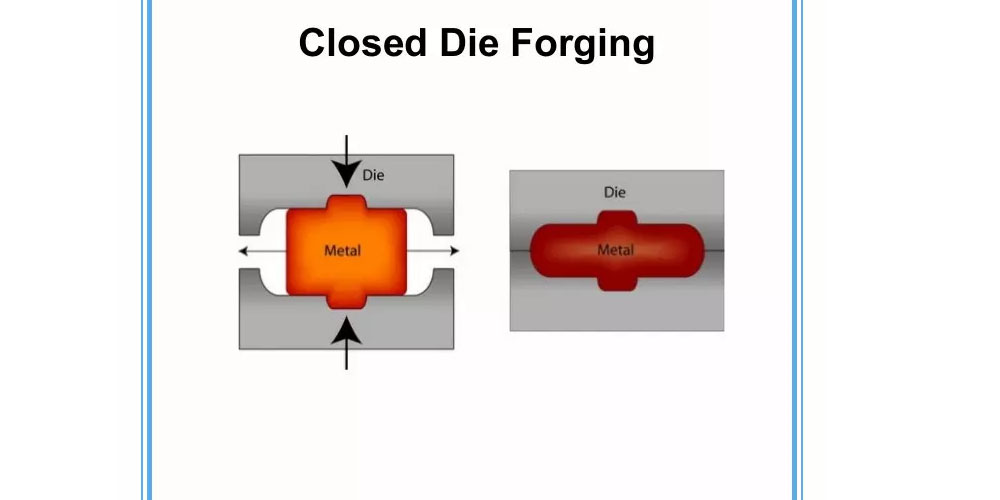Cold Forging China is a leading forging parts manufacturer in China. The company sells parts to various companies in China and also exports a wide range of products. It also offers reasonable prices for high-quality products. However, before thinking of purchasing forging parts here, it would be wise first to understand the cold forging process.
The process of cold forming
The following is a step by step guide for the cold forging process;
Step 1: Lubrication
The first step of the cold forging process is lubrication. This part of the process is vital. The role of the lubrication process is to ensure that the workpiece does not stick to the diet during the rest of the procedure. The lubricant also helps keep the workpiece cold as the cold forging process can produce temperatures as high as 400 degrees when the workpiece is being deformed. During the lubrication stage, a special lubricant is used to treat the workpiece. The lubricant is usually sold by forging component manufacturers, and it may differ depending on the workpiece and the process.
Step 2: Placing the workpiece on the die
Before the cold forging process begins, a manufacturer has to prepare a die depending on the desired outcome of the process. The die is built to resemble the shape and form of the final part. The workpiece, usually a metal piece, is placed on the die at this stage. It is worth mentioning that in some cases, the die may feature two portions.
One of them is attached to the hammer and the other underneath the piece of metal. The role of the hammer is to perform the striking action that helps deform the workpiece. The force from the striking mechanism can produce high temperatures. When inserting the metal piece into the die, you have to be extremely careful as this affects the outcome of the process.
Step 3: Striking the workpiece
As mentioned before, the metal piece is usually placed between a hammer and the die, where it is struck until it is completely deformed. Three tricking mechanisms can be used to produce the striking force. They are hydraulic, mechanical, and pneumatic mechanisms. Note that the type of striking mechanism used usually affects the amount of force produced. It also affects the speed at which the hammer drops. The hammer usually drops in several continuous motions until the exact contours and shapes are achieved.
Step 4: trimming and part removal
Once the steps above are completed, the next part of the process is trimming any excess metal, which forms where the die meets. This part is usually produced thanks to the stretching of the metal during the deformation process. It is typically known as the flash, and it is eliminated by trimming. Trimming the flash helps you achieve the desired shape and form of the final part. After trimming the flash, the final step is removing the part from the die. Depending on the manufacturer or the industry, this can be done using a conveyor belt or a robotic hand.
Conclusion
The cold forging process is fast and cost-efficient. It is also highly environmentally friendly and can be used for producing a wide range of components. For these reasons, it is applied in a wide range of industries.
